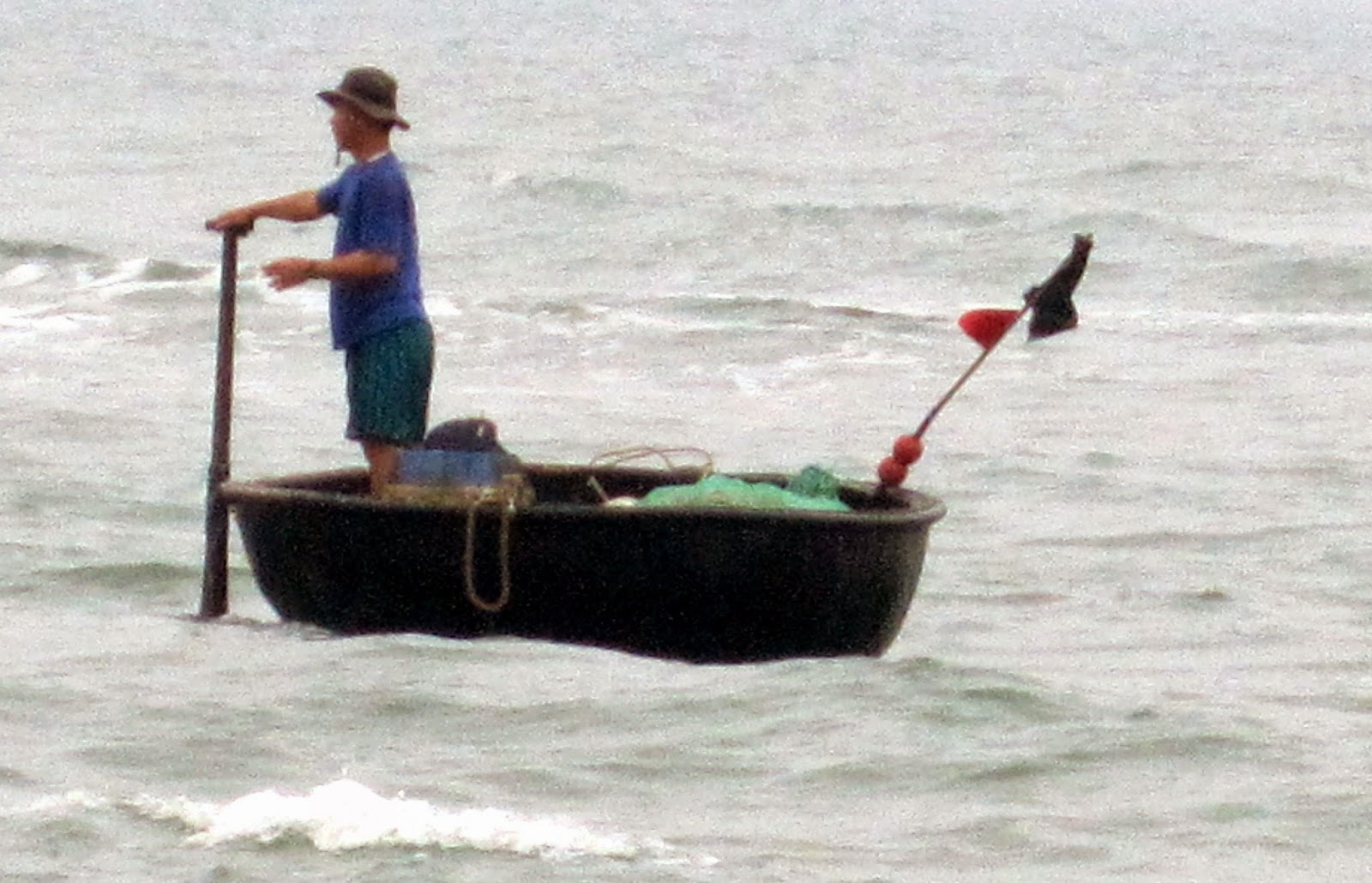“A massive force which crushes
everything in its advancing path” – Juggernauts are common place in temple
towns in the Country, especially down coastal South and also towards Goa. The
most famous Juggernaut in India is the Puri Jagannanth, which has become an
institution in itself and draws a huge flock of crowd every year.
Goa, though famed for its
beaches also has a potential tourism in its Temples and each has its own
Juggernaut constructed decades ago which is brought out once a year on specific
ceremonies. One such Juggernaut is in the Mahalaxmi Temple located . The Yatra or Festival typically takes
place in the month of April, though it is not as popular as in Puri and the
crowd is mostly local. The Ratha or Chariot of the local Goddess Mahalaxmi is an
enormous construction 2 storied high, made entirely of wood finished with
intricate wooden carvings and massive wheels.
The decoration begins a day
before the actual day of procession with locals contributing in terms of labor
and material. The materials used for decoration are locally available flowers
and fruits. Bright Red, Orange and
Yellow Marigold are seen adorning the spire and pillars. The choicest locally
available fruits and vegetables are put to use - chief amongst them being
Coconuts, Pumpkins, Papaya, Custard Apples, Bananas, Jackfruits, Pineapple,
Mangoes and Gourds. The Spire of the Chariot is adorned with Colored paper reflecting
the colors of the National flag adding a patriotic fervor to the proceedings.
The procession begins within the Courtyard of the Temple and is typically drawn
by the Temple Trustees, Priests and people of prominence, ladies and children
are best kept away to prevent mishaps. As the giant chariot starts circumambulating
the deity in the temple, people are seen scurrying to get a chance to pull the
ropes.
As the procession circles the Temple 4 times, it is accompanied by devotional
songs and occasional bursting of fire crackers. The procession culminates by
oblations to the Goddess in the Temple followed by a ceremonial dinner for all present
at no cost.
The next day is reserved for
auctioning the fruits used for decoration. A typical Pumpkin which may not cost
more than Rs.50 under normal circumstances gets sold for 10 times this value
with many locals fighting for its possession.





























